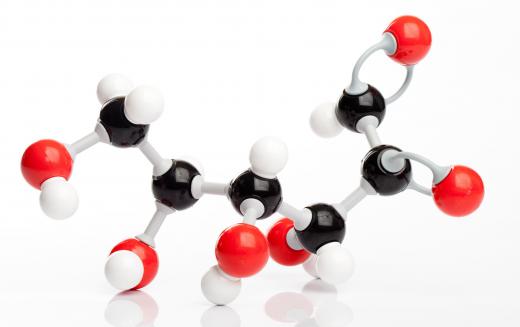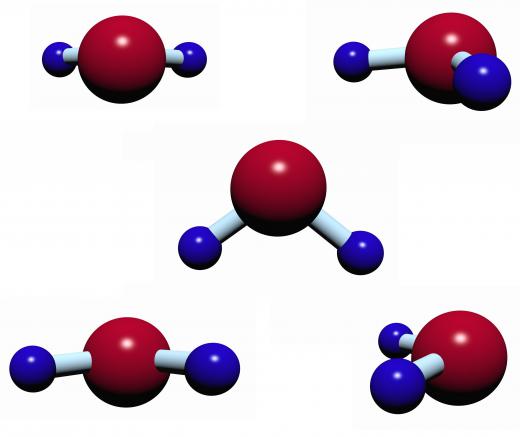What is Aerobic Glycolysis?
Aerobic glycolysis is the first of three stages that make up aerobic cellular respiration. Cellular respiration is the process that takes place within all cells to release energy stored in glucose molecules. There are two forms of cellular respiration, aerobic and anaerobic, meaning requires oxygen and doesn’t require oxygen.
All living organisms need energy to survive. That energy is received through food, which for plants also includes energy captured from the sun. Whatever the form of food that is taken in by the organism, it is converted to carbohydrates, glucose in particular. During cellular respiration, glucose is converted to carbon dioxide and water with energy being released into the cell. Breaking down the glucose molecules is an oxidation reaction, so oxygen is required for the process to go ahead.

The three stages of aerobic respiration are aerobic glycolysis, the Krebs cycle and the electron transport system. During each stage, a number of chemical reactions take place which form the cellular respiration overall process. The outcome of aerobic glycolysis is that the glucose molecule is broken down into two pyruvate, or pyruvic acid, molecules, which are broken down further in the Krebs cycle, and two water molecules.

The energy that is released by cellular respiration does not happen all at once. In fact, some energy is released through each of the three main stages. When the energy is released from the glucose molecule, it is not released as free energy. The energy is stored in adenosine triphosphate (ATP) molecules, which are short term energy storage molecules that are easily transported within and between cells.

The energy production begins during aerobic glycolysis. During this process, two of the 36 total ATP molecules are created. All the stages of cellular respiration are made up of a number of complex chemical reactions. Aerobic glycolysis is actually made up of a number of different stages that the glucose molecule moves through. The energy necessary to produce the eight ATP molecules is released at different stages of the process.
During aerobic glycolysis, two ATP molecules are initially used to make the glucose molecule sufficiently reactive. The glucose molecule is phosphorylated, meaning that phosphate molecules are added to the glucose molecule from the ATP molecules. After the glucose has been phosphorylated, it splits from a six carbon sugar molecule into two three carbon sugar molecules. Hydrogen atoms are removed from the resulting three carbon sugars and two phosphates are lost from each, forming four new ATP molecules. After the glucose has gone through all these steps, the final outcome is two three carbon pyruvate molecules, two water molecules and two ATP molecules.
AS FEATURED ON:
AS FEATURED ON:













Discussion Comments
@SimpleByte, the high aerobic glycolysis of cancer cells and the fact that cancer cells produce lactic acid in the presence of oxygen was first described by biochemist Otto Warburg. The phenomena has become known as the Warburg effect after him. Malignant tumor cells have much higher glycolytic rates than normal cells. This property has implications for cancer treatment since glycolytic inhibitors may affect tumor growth. In addition, aerobic glycolysis measurements can be taken of a tumor to see how the tumor is responding to treatment.
I've heard that cancer cells require a lot of glucose in aerobic conditions. Why do cancers have high aerobic glycolysis?
Post your comments